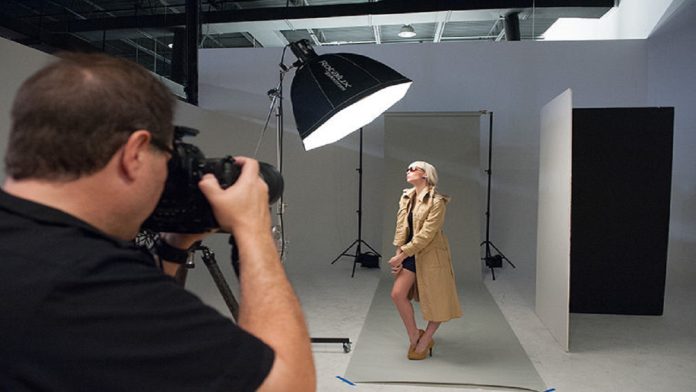Lighting is vital in portrait photography because the photography aims to capture the personality of the subject. While ambient light is considered better, using a camera flash has its advantages, especially while shooting in a controlled environment. Understanding the use of flash in portrait photography and being able to apply the methods can enhance your portraits.
Enhancing Subject Visibility
Flash helps ensure that your subject is well-lit especially during the night or in the evening. This is especially useful when there is little light or when photographing indoors where there is low natural light. Flash is used to illuminate the subject and it becomes the focus of the portrait because the background is black. The flash enhances the subject’s visibility and creates an additional charm to your photographs.
Creating Dynamic Lighting Effects
The lighting can be changed in a flash to make it look like a 3D portrait that is full of life. Direct flash may also be used for dramatic effect, increasing the contrast and highlighting the texture. Understanding how to control the direction and strength of the flash gives photographers the ability to take good and captivating photographs.
The combination of using Flash and Ambient Light
The other feature that is necessary for flash for portrait photography is the facility to control the ratio between the flash and light. The process involves adjusting the flashlight and the ambient light to get the best portraits. A balanced picture can be obtained by using the technique that is usually called the “fill flash” technique.
Using Flash Modifiers
Some of the accessories that are used in controlling the quality of light that comes from the flash include diffusers and reflectors. This will make sure that the shadow will not be created near the subject. Reflectors are used to bounce light back to the subject and this assists in minimizing shadows and equalizing the exposure.
Mastering Flash Exposure Compensation
FEC stands for flash exposure compensation, and this is a feature that will allow the user to change the flash output to get the right exposure. This technique is used to control the strength of the flash about the scene and the intended result to prevent over or under-exposure. The flash setting should be adjusted according to the camera setting. Ensure that the shutter speed is within the range of the camera flash sync so that there will be no issues with exposure. It is always advisable to test the various settings to arrive at the most appropriate setting for your portrait shots.
Conclusion
The application of flash in taking portraits reveals many possibilities for creativity and advantages. By applying flash, photographers can raise the level of brightness of the subject, arrange the lighting patterns, and equalize the exposure. Flash modifiers and flash exposure compensation improve the quality of light in portraits to the next level. Thus, the use of flash in portrait photography can be enhanced through practice and trial to achieve a better quality of the photographs that are being captured For one to use flash in product photography, he or she must understand how flash works, the equipment required, and how to make changes. By using diffusers, positioning several sources of light, and controlling reflections, one can obtain professional product photos that will help sell your products.








